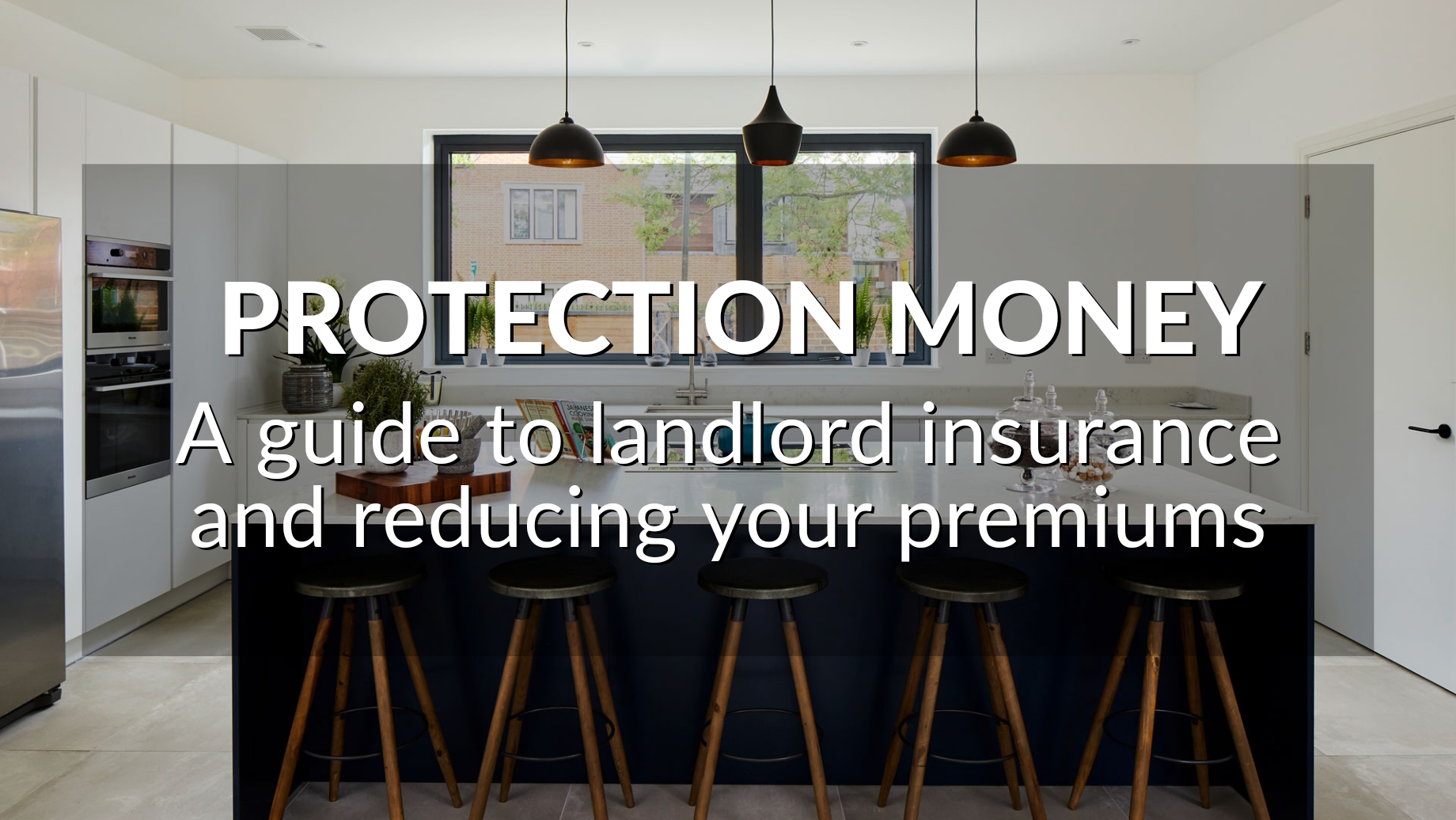LANDLORD BUILDINGS INSURANCE
Regardless of any other cover, no landlord should be without buildings insurance. This protects the physical structure of your buy-to-let, from the roof, walls and windows to permanent fixtures like baths, toilets, fitted kitchens and internal doors. It also includes external boundaries, garages and sheds.
Buildings insurance covers events like:
- fire, explosion, storms, floods, earthquakes
- vandalism or malicious damage
- frozen and burst pipes
- fallen trees, lamp posts, aerials or satellite dishes
- subsidence
- vehicle or aircraft collisions.
If you have a mortgage on your buy-to-let, your lender will insist that you have enough buildings insurance to cover the outstanding balance of the loan, but they cannot make you take out cover with them (unless it's included in your mortgage package).
LANDLORDS CONTENTS INSURANCE
Your buy-to-let doesn't need to be furnished to make landlords contents insurance essential. If you rent your property out unfurnished, there will still be things inside that belong to you that aren't covered by a buildings insurance policy.
Landlords contents insurance covers against damage or theft for things like:
- kitchen appliances
- curtains, blinds, carpets and floor coverings
- bathroom cabinets and shower screens
- boilers, radiators and heaters
- electrical switches and sockets.
If your rental is only equipped with budget fittings, you may feel they're not worth insuring. But if you're aiming for a premium rent with a high-quality specification, it's worth protecting the investment you've made, even with the most conscientious tenants.
Remember that contents insurance for landlords doesn’t include your tenants belongings, and they should be encouraged to take out their own policy.
LANDLORD LIABILITY INSURANCE & LEGAL COVER
It's a fact of life that accidents and disputes can and do happen. If a tenant or contractor decides to take legal action against you, the costs involved can quickly escalate.
Landlord liability insurance and legal cover are both inexpensive and cover you for:
- access to legal advice
- recovery of rent arrears
- reclaiming damages from tenants
- solicitor and court costs
- disputes over the costs of repairs and renovations
- personal injury at the property to tenants, guests and contractors.
Policies can be had for around £10 per month with coverage in the hundreds of thousands of pounds: good value if you're held legally responsible for an accident and need to pay compensation.
RENT GUARANTEE PROTECTION
Even the most seemingly secure tenants can hit hard times. They could lose their job, break up with a partner or encounter a health issue. The current cost-of-living crisis will also impact tenants through stretched budgets and higher energy bills and inflation.
Rent Guarantee Protection covers you for non-payment of rent, generally from the point your tenant is more than 30 days late. Many policies also include legal fees in case you need to regain possession of your property.
Typical policy requirements include:
- credit checks and appropriate references for every tenant (previous landlord/managing agent and/or employer)
- a tenancy agreement signed by everyone living at the property
- a protected security deposit in a government-approved scheme.
It’s really important to fulfill these criteria to avoid your claim being invalid.
LANDLORD EMERGENCY COVER
Whether you're a self-managing landlord or you have a managing agent to recommend trusted contractors, emergency callouts and temporary repairs are rarely cheap.
Landlord emergency cover provides around-the-clock protection against the loss of essential services to keep your buy-to-let habitable and your tenants safe.
Policies cover the costs of contractors and subsequent repair works for things like:
- boiler, plumbing or heating breakdowns
- electricity supply problems
- broken toilet facilities, blocked drains or sewers
- lock failure on external doors and windows together with lost or broken keys
- roof, downpipe and guttering issues
- pest infestation (wasps, hornets, rats and mice).
The cost of overnight accommodation for tenants is also usually included if your rental property is uninhabitable after an emergency.
How to reduce your premiums
Your buy-to-let property is your business and a valuable investment, so don’t skimp on your insurance. Nonetheless, there are many ways to keep the cost of your premiums as low as possible.
- Shop around each year when your insurance comes up for renewal, then ask your existing provider to beat any cheaper quotes you find.
- As well as speaking to the big names in home insurance, check with your letting agent for industry-only deals and specialist providers.
- Look at combining your insurance cover into a single policy. Add-ons are often cheaper than standalone policies.
- Claim your insurance premiums back in your tax return.
- Explore portfolio policies if you have four or more buy-to-lets.
- Improve security with solid locks and a burglar alarm.
- Increase your voluntary excess, but only to a level you’re comfortable paying if you need to make a claim.
Finally, take good care of your rental property and fittings. Neglect isn’t covered by insurance and leads to disputes, dissatisfaction and damage.
By carrying out regular mid-tenancy inspections at least every 6 months, you can spot potential problems before they become a big issue. Diligence works and helps you reduce the cost of repairs and minimise the risk of disputes.
We’re here to make your life as a landlord as peaceful and profitable as possible. Call us on 0151 280 4047 or email us at This email address is being protected from spambots. You need JavaScript enabled to view it. for a chat about your rental property to keep it properly protected and performing at its peak.





